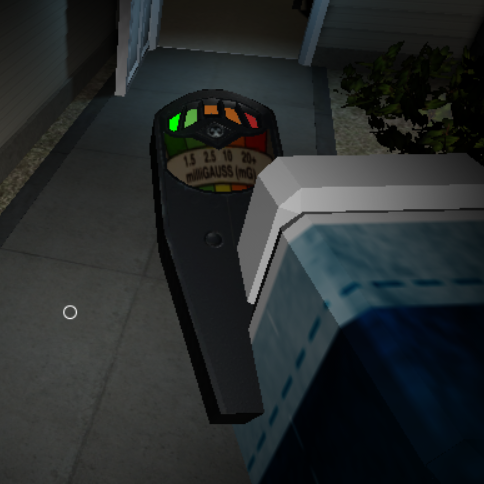 A breathalyzer chart can be an incredibly practical tool that enables individuals to plan ahead and approximate the number of drinks it will take them to reach an unsafe driving level, along with avoid getting pulled over by cops when driving under the impact of alcohol and surpassing legal limits. Such charts are typically readily available online and typically based upon person’s weight and beverage consumption levels; however, due to numerous other aspects affecting BAC levels a chart alone can not ensure its precision.
A breathalyzer chart can be an incredibly practical tool that enables individuals to plan ahead and approximate the number of drinks it will take them to reach an unsafe driving level, along with avoid getting pulled over by cops when driving under the impact of alcohol and surpassing legal limits. Such charts are typically readily available online and typically based upon person’s weight and beverage consumption levels; however, due to numerous other aspects affecting BAC levels a chart alone can not ensure its precision.
 Breathalyzers permit users to accurately measure just how much alcohol is in their system by blowing into an instrument that catches a sample of your breath, shines infrared light through it, and procedures vibrations developed as ethanol particles soak up light – then calculates your blood alcohol content (BAC) appropriately – the greater your BAC is, the more drunk you will be; most states‘ legal limitation for alcohol is set at 0.08% – it might take 6 drinks before reaching that level.
Breathalyzers permit users to accurately measure just how much alcohol is in their system by blowing into an instrument that catches a sample of your breath, shines infrared light through it, and procedures vibrations developed as ethanol particles soak up light – then calculates your blood alcohol content (BAC) appropriately – the greater your BAC is, the more drunk you will be; most states‘ legal limitation for alcohol is set at 0.08% – it might take 6 drinks before reaching that level.
When Breathalyzers Competitors Is Sweet
Reasons that breath testing has become such a popular service include its extremely precise and fast measurements; low expense; ease of usage and mobility. Another significant draw is that tests can be administered in any environment without needing to draw blood, making the screening hassle-free when dealing with unconscious or seriously hurt individuals. If you find the subject of what you have read interesting and that you need more info concerning the subject, then please visit us or click the following link Radexemfreader…
Breathalyzer testing does have numerous disadvantages. They can fail to take into account individual physiological distinctions such as weight, height and metabolism; moreover, breathalyzers tend to evaluate air from the lungs instead of bloodstream, resulting in inaccurate results; in addition they can be susceptible to error due to aspects like mouth and nose infections.
Due to the fact that of these considerations, a breathalyzer should not be viewed as the sole ways to measure intoxication. Rather, police officers typically carry out field sobriety tests initially before asking for a breath test; these assessments tend to be harder for people to fail than a breathalyzer and provide a good indicator as to whether someone might be under the impact of alcohol or other substances.
Often those who fail the field sobriety tests still pass breathalyzer tests due to psychological or physical problems that have absolutely nothing to do with alcohol consumption. In these instances, it may be wiser to call a taxi or trip with friends rather than run the risk of getting pulled over for DUI charges.
Breath testing can have its downsides, cops officers still rely on it as a reliable tool. One technique for beating a breathalyzer is just stopping drinking; another method is drinking water and consuming something prior to taking the test as this can dilute any alcohol present in your system and make it harder for breathalyzers to spot alcohol in your system.
Comments are closed